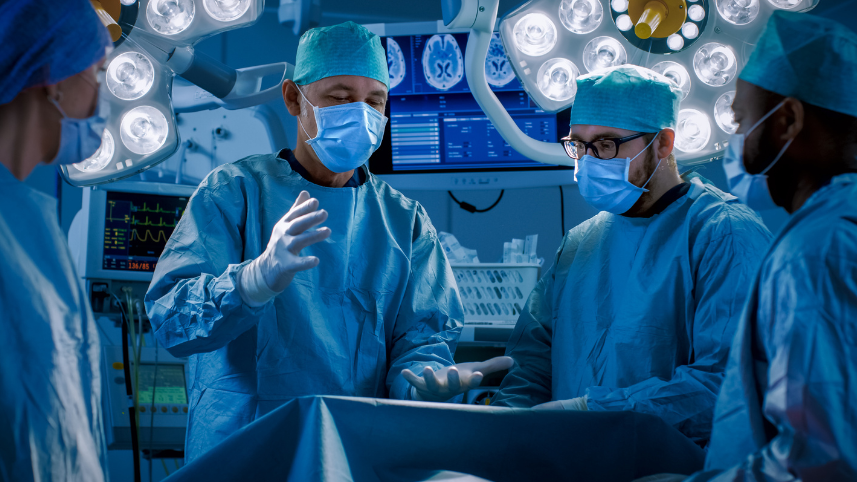
Gallbladder surgery, also known as cholecystectomy, is a common medical procedure performed to remove the gallbladder. A tiny organ beneath the liver, the gallbladder's main job is to store the bile that the liver produces. For the digestive process of fats, bile is necessary. However, when the gallbladder develops gallstones or gets ill, it can cause extreme discomfort and other issues that call for surgery. We will examine the specifics of gallbladder surgery in jabalpur in this post, as well as any possible side effects.
Types of Gallbladder Surgery
Laparoscopic Cholecystectomy:
- Laparoscopic surgery in jabalpur is the most common and minimally invasive approach for gallbladder removal.
- Small incisions are made in the abdomen, through which a laparoscope and surgical instruments are inserted.
- The surgeon views the inside of the abdomen on a monitor and carefully removes the gallbladder.
Open Cholecystectomy:
- In some cases, an open cholecystectomy may be necessary, typically for complex or infected gallbladders.
- A larger incision is made in the abdomen to access and remove the gallbladder.
Potential Side Effects of Gallbladder Surgery
Although gallbladder stone surgery in jabalpur is generally risk-free and well-tolerated, there are some potential problems and adverse effects. Before having the surgery, it is critical to be informed of these potential problems.
- Postoperative Pain: After surgery, patients may experience pain and discomfort at the incision sites. This pain is usually managed with medication and gradually subsides over time.
- Infection: Like any surgical procedure, there is a risk of infection. Proper wound care and antibiotic prophylaxis help reduce this risk.
- Bile Leakage: In rare cases, bile ducts can be accidentally injured during surgery, leading to bile leakage. This can cause abdominal pain and may require additional interventions to repair.
- Digestive Changes: The gallbladder plays a role in storing and releasing bile to aid in fat digestion. After gallbladder removal, some people may experience digestive changes, such as diarrhea or fatty food intolerance. These symptoms are typically manageable through dietary adjustments.
- Long-Term Digestive Issues: A small percentage of individuals may continue to experience digestive problems, particularly if they had underlying digestive issues before surgery. This might require ongoing management and dietary modifications.
- Risk of Stones: In rare cases, gallstones can form in the remaining bile ducts after gallbladder removal. This condition, known as postcholecystectomy syndrome, may cause abdominal pain and digestive disturbances.
- Complications from Anesthesia: As with any surgery, there is a small risk of complications related to anesthesia, such as allergic reactions or breathing difficulties.
- Scarring: Both laparoscopic and open cholecystectomy procedures leave scars. While laparoscopic incisions are smaller and less conspicuous, open surgery results in a more significant scar.
Conclusion
Gallbladder surgery is a common and effective procedure for alleviating the pain and complications associated with gallbladder disease. While it is generally safe and well-tolerated, there are potential side effects and complications that patients should be aware of. It's essential to discuss the risks and benefits of the procedure with your gallbladder surgeon in jabalpur and follow their recommendations for postoperative care. With proper medical guidance and lifestyle adjustments, most individuals can enjoy a normal, healthy life after gallbladder surgery.


























